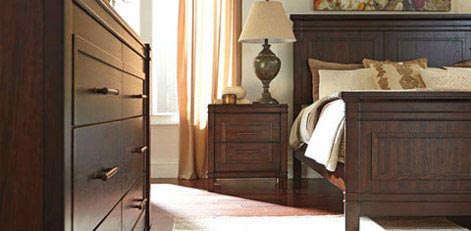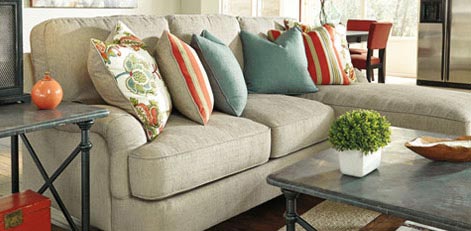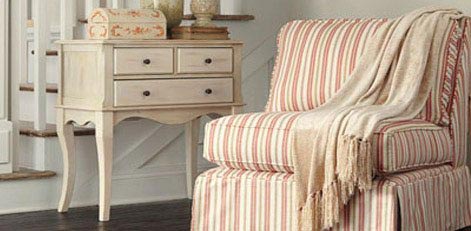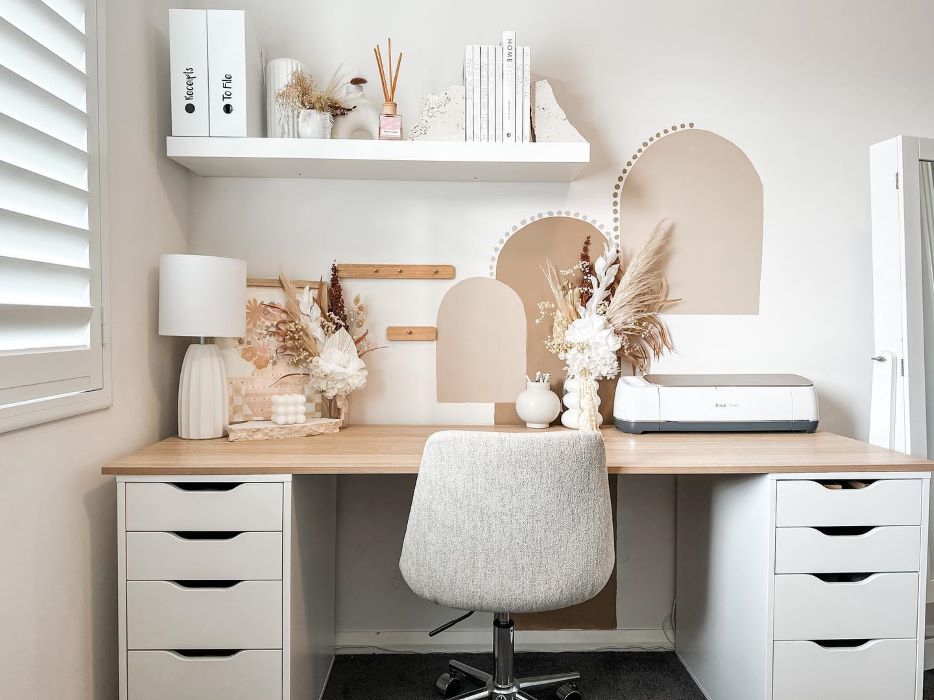Are you constantly battling a messy filing cabinet, unable to locate the documents you need amidst the chaos? We understand how frustrating it can be, but don't despair!
Organizing a filing cabinet can be a breeze with the right approach. This article presents a comprehensive guide on how to declutter and efficiently arrange your filing cabinet. Let's reclaim your workspace and make lost documents a thing of the past!
How to Organize a Filing Cabinet
Organizing a filing cabinet can seem like a daunting task, but with a few simple steps, you can have a system for your cabinets that is both efficient and easy to maintain.
Decide What to Keep
Before you start organizing, it's important to decide what to keep. This involves scheduling a block of time to sort through paperwork.
This will help you get a clear idea of what you have and what you need to keep. File cabinets with hutch can be a great addition to help you organize these documents.
Consider what paperwork can be stored electronically or shredded. Not all documents need to be kept in physical form.
If you can, scan and store documents electronically and shred the originals. By doing so, you help free up space in your filing cabinet.
However, make sure to keep important documents like birth certificates and legal papers in their original form. These are legal documents and must be preserved.
Go Through the Remaining Paperwork
Once you've decided what to keep, it's time to organize. Use digital storage for items that don't require a physical copy. Consider using cloud storage services or an external hard drive for documents that don't require a physical copy.
Important documents like tax returns, legal papers, and medical records should be kept in the filing cabinet. These are documents that you may need to access quickly and should, therefore, be kept in a safe and accessible place. White lateral file cabinets and brown filing cabinets can be a stylish and functional choice for these important documents.
Color-coding your files can make it easier to find what you're looking for. Consider using a different color for each category of documents. A label maker can also be a great tool for clearly marking what's inside each file.
Set Up a Filing System
Now that your documents are organized, it's time to set up a filing system. First, choose the right size of the filing cabinet. The size of your filing cabinet should depend on the amount of paperwork you have.
If you have a lot of documents, consider getting a larger cabinet. If you only have a few, a smaller one should suffice. Home office credenzas with file drawers offer a versatile solution for both storage and aesthetics.
Use an index to list all the files in the drawer. Simply list all the files in the drawer and keep this index in a visible place. This will make it easier to find what you're looking for.
Before you start filing, sort your papers into two piles: one for documents that need to be filed and one for documents that can be shredded.
If you have documents that you need to access regularly, consider using a magazine holder or filing box on your desk. This can help keep these documents organized and easily accessible. Wood credenza file cabinets can be a great option for those who prefer a classic, warm look in their office space.
Maintain the Filing System
Maintaining your filing system is just as important as setting it up. At least once a year, go through your file folders and get rid of documents that you no longer need. This will help keep your filing system efficient and up-to-date.
Additionally, set aside time each week to deal with incoming paperwork. This could involve filing new documents, shredding unnecessary ones, and updating your files.
Regular maintenance is key to a successful filing system. Make sure to declutter regularly, dispose of unnecessary documents, and handle incoming paperwork in a timely manner. Executive filing cabinets can be a great choice for those who need a more robust system for their extensive paperwork.
Additional Tips for Organizing Your Filing Cabinet
Here's how to declutter your filing cabinet for maximum efficiency.
Divide Paperwork Into Categories
Organize your paperwork into three main categories: Pay, Follow Up, and File.
This will help you keep track of what needs immediate attention, what needs to be followed up on, and what needs to be filed for future reference.
Manage the ‘To File' Pile
Create a file for each month and sort your “To File” pile accordingly. This will make it easier to find documents when you need them and prevent this pile from becoming overwhelming.
Store Paperwork in One Central Location
Keep all your paperwork in one place. This will save you time searching for documents and ensure that you know exactly where everything is.
Opt for Paperless Billing
Reduce the amount of paperwork you receive by opting for paperless billing. Additionally, take the time to unsubscribe from unnecessary mailings. This will help keep your filing cabinet decluttered and make it easier to manage your documents.
Streamline Your Filing System
Transforming your filing cabinet from a chaotic catch-all to a streamlined system of organization is more than just a tidying task; it's a productivity booster.
By implementing the practical tips outlined in this guide, you'll not only reclaim valuable space but also enhance your efficiency and peace of mind. A well-organized filing cabinet is a powerful tool in maintaining a clutter-free and productive workspace. Embrace these strategies, and watch as your filing system becomes an asset rather than a hindrance in your daily routine.
















